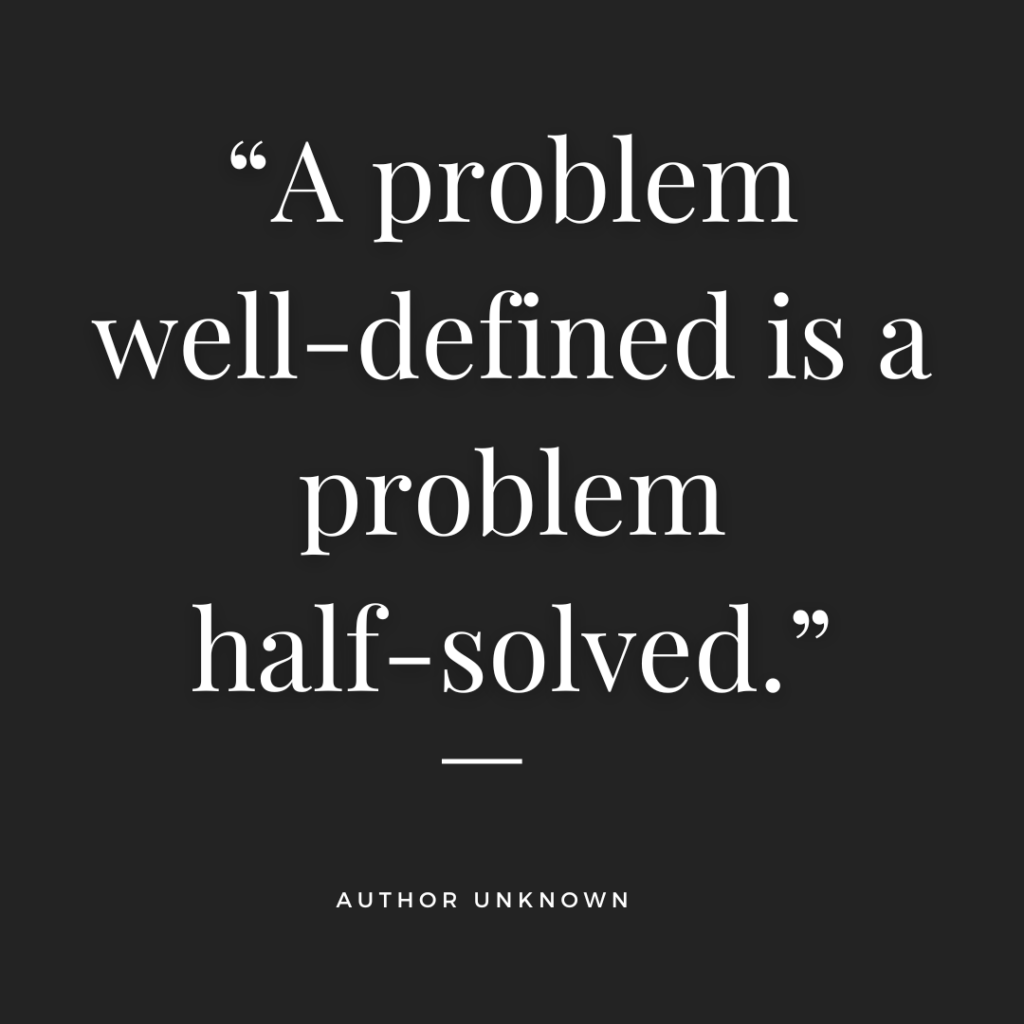Ah yes, conflict.
- It’s universal. Everyone experiences it. It’s inevitable, necessary, natural.
- It can be between people, groups, nations—all kinds of relationships.
- It can flare up: in the boardroom, in the laboratory, on the production line.
- Can be constructive or destructive; positive or negative.
An important feature of conflict is that it is based on interaction. People in conflict are interdependent—they can help or interfere with each other.
So let’s take a look at what can often get in the way of solving them.
Sometimes a solution that works for both people is difficult to reach because each person in the conflict has already decided what they think the solution should be.
When both people are stuck on their own solutions and don’t step back and think about what their real needs are, the conflict resolution is deadlocked and can’t move forward. For this reason, it’s important for people to become aware of what they really want or need as opposed to a solution they have already picked to meet their need.
The key to clearly understanding needs is for both people in the conflict to understand what they really need or want as opposed to the question of how to get it—then expressing these needs to the other person in I-Messages (Confrontive, Preventive, Declarative, Appreciative).
Confrontive I-Messages? Read more here.

